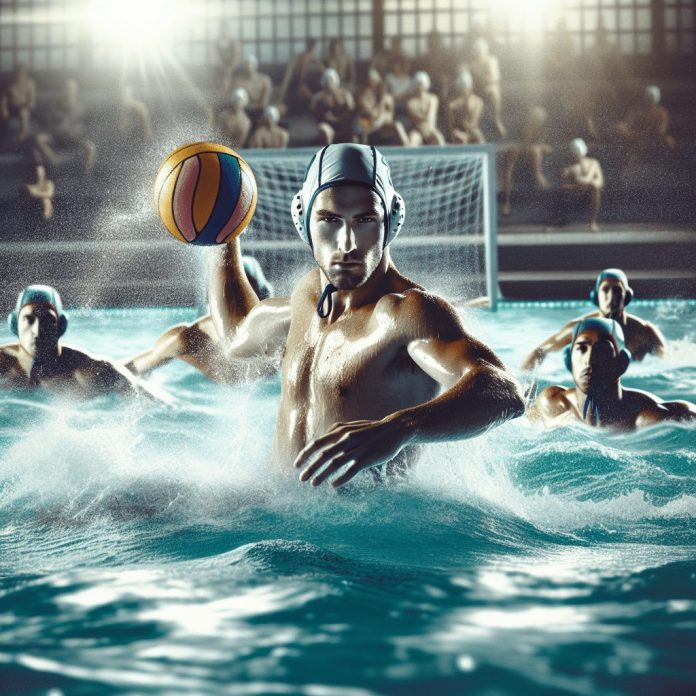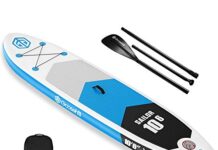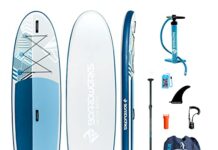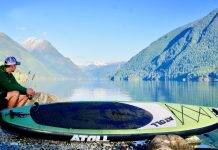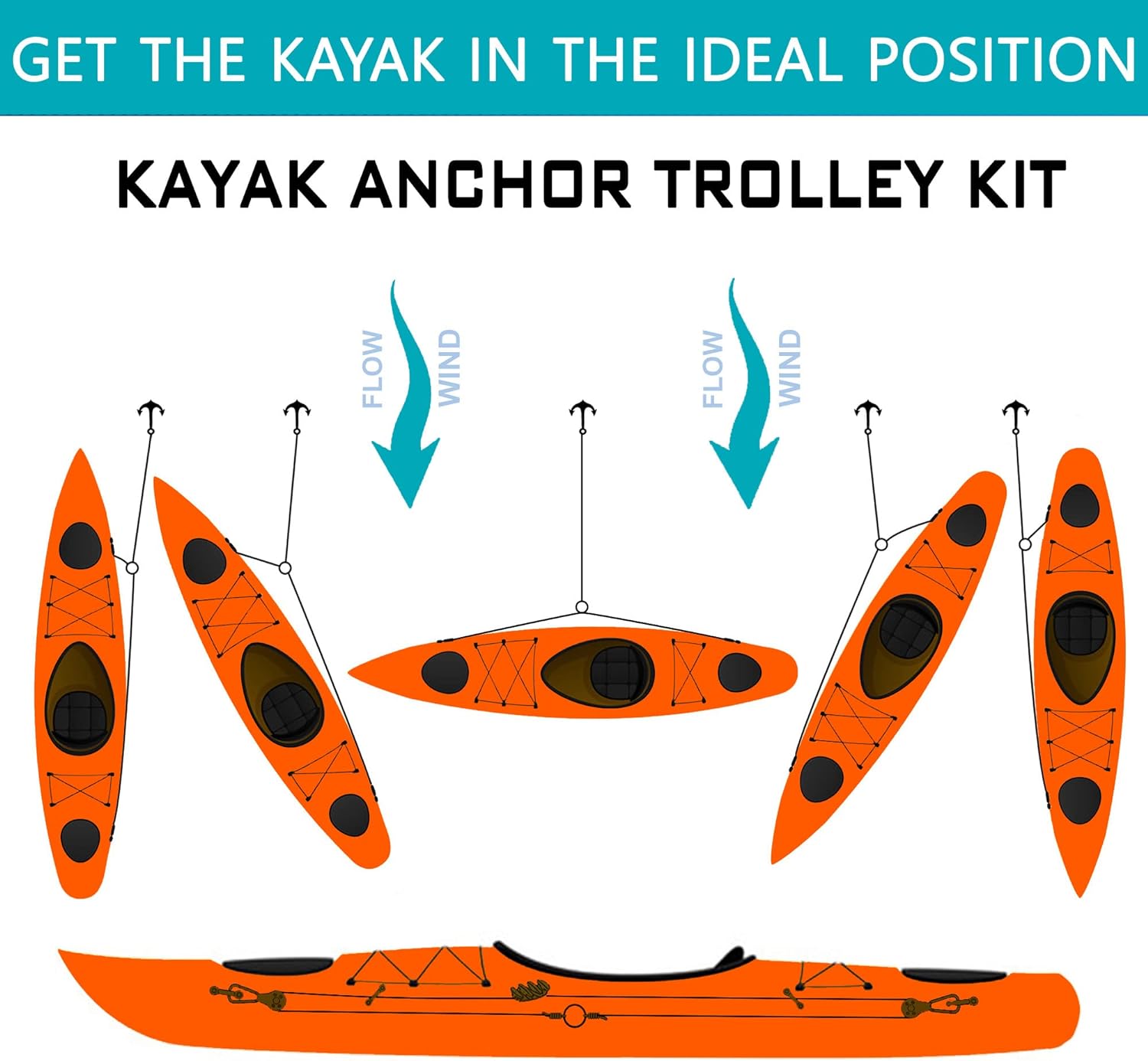Water polo enthusiasts, get ready to take your game to the next level! In this article, we will be diving deep into the world of water polo, specifically focusing on the essential fundamentals that every master of the sport should have under their belt. From mastering the art of treading water to honing your passing accuracy, we will guide you through the core skills and techniques that will elevate your water polo game and make you a force to be reckoned with in the pool. So grab your caps and get ready to soak up some knowledge – it’s time to become a water polo master!
Review contents
Basic Rules and Terminology
Positions
In water polo, there are several key positions that players can assume during a game. These positions include the goalkeeper, defenders, center forward, wings, and point. Each position has its own specific responsibilities and areas of the pool that they cover. Understanding the roles of each position is essential for effective teamwork and gameplay.
Scoring
The objective of water polo is to score goals by throwing the ball into the opposing team’s goal. When a goal is scored, the team is awarded one point. To score, players must bypass the opposing team’s goalkeeper by throwing the ball into the net. The team with the highest number of goals at the end of the game is declared the winner.
Fouls
Fouls in water polo can occur due to various reasons, such as grabbing, sinking, or impeding the progress of an opponent. When a player commits a foul, the opposing team is awarded a free throw or a penalty throw. It is important for players to understand the different types of fouls and avoid committing them to maintain a fair and enjoyable game.
Offense and Defense
Water polo requires both offensive and defensive strategies for success. On offense, players aim to create scoring opportunities by passing the ball, setting up plays, and taking shots at the goal. On defense, players work together to prevent the opposing team from scoring by blocking shots, stealing the ball, and applying pressure. Balancing offense and defense is crucial for a well-rounded team.
Essential Skills
Treading Water
One of the most fundamental skills in water polo is the ability to tread water efficiently. Treading water allows players to maintain their position in the pool while still being able to move and make plays. Players should practice using their legs in a scissor kick motion and their arms in a circular motion to stay afloat. Treading water is essential for players to conserve energy and be ready to react during gameplay.
Passing
Passing is a crucial skill in water polo as it allows players to move the ball quickly and effectively. Players should practice different types of passes, such as chest passes, overhead passes, and skip passes, to improve their overall passing accuracy and speed. Good passing skills enable players to create scoring opportunities and keep the opposing team off balance.
Shooting
Shooting accurately and with power is essential for scoring goals in water polo. Players should practice their shooting technique to develop accuracy, speed, and the ability to deceive the goalkeeper. It is important to aim for the corners of the goal and shoot with enough force to overcome the goalkeeper’s attempts to block the shot. Shooting drills can help players improve their shooting skills and increase their chances of scoring.
Swimming Technique
Strong swimming skills are essential for success in water polo. Players should focus on developing efficient stroke technique to maximize their speed and endurance in the water. Proper body position, arm and leg coordination, and breathing techniques are all important aspects of swimming technique. Regular swimming drills and technique work can help players improve their overall speed and endurance in the pool.
Teamwork and Communication
Positioning
Positioning is crucial in water polo as it ensures that players are in the right place at the right time to make plays and defend against the opposing team. Players should communicate and work together to establish proper positioning and maintain a strong defensive formation. Understanding the responsibilities and positioning of each player on the team is essential for effective teamwork and gameplay.
Awareness
Maintaining awareness of the game situation and the movement of both teammates and opponents is vital in water polo. Players should be constantly scanning the pool to be aware of open teammates, potential scoring opportunities, and defensive threats. Effective communication and awareness help players make quick decisions and adapt to the changing dynamics of the game.
Passing Patterns
Developing and executing effective passing patterns can help teams move the ball fluidly and create scoring opportunities. By practicing and implementing set passing patterns, such as the “up and over” or the “crisscross,” players can confuse the opposing team’s defense and create open passing lanes. These patterns require precise timing and coordination but can greatly enhance a team’s offensive capabilities.
Defensive Strategies
Effective defensive strategies are crucial in water polo to prevent the opposing team from scoring. There are different defensive formations and strategies that teams can employ, such as the zone defense or the press defense. Players should work together to apply pressure to the opposing team’s players, block shots, and steal the ball. Clear communication and quick decision-making are essential for successful defensive play.
Training and Conditioning
Strength Training
Strength training is an important aspect of water polo training as it helps players develop the necessary power, endurance, and explosive strength required for the sport. Exercises that focus on the upper body, core, and legs are especially beneficial for water polo players. Incorporating exercises such as push-ups, pull-ups, squats, and lunges into a training routine can help improve overall strength and performance in the water.
Endurance Training
Endurance training is crucial in water polo as matches can be physically demanding and require sustained effort throughout. Swimmers must have the cardiovascular endurance necessary to swim continuously and maintain a high level of performance. Interval training, distance swimming, and incorporating swimming drills into training sessions can help improve overall endurance and stamina.
Swimming Drills
Swimming drills are an important component of water polo training as they allow players to refine their swimming technique, build endurance, and improve specific aspects of their stroke. Drills like sculling, kicking with a kickboard, and bilateral breathing drills can help players become more efficient swimmers. Incorporating swimming drills into regular training sessions can lead to noticeable improvements in overall swimming ability.
Ball Handling Drills
Ball handling drills are essential for water polo players to develop their ball control skills and familiarity with the ball. Drills that focus on passing accuracy, ball handling under pressure, and quick ball movement are particularly beneficial. Working on drills such as water polo eggbeater dribbling, passing while treading water, and one-handed catches can significantly enhance a player’s ball handling abilities.
Game Strategies
Set Play Techniques
Set plays are pre-planned offensive movements designed to create scoring opportunities. These strategies often involve precise passes, rotations, and picks to confuse the opposing defense and create gaps in coverage. Set play techniques, such as the 2-meter man-up or the 4-2 formation, can be practiced and implemented during games to increase the chances of scoring.
Fast Breaks
Fast breaks are quick offensive movements that take advantage of situations where the defense is caught off guard or out of position. By quickly transitioning from defense to offense and capitalizing on the opponent’s vulnerability, a fast break can create a scoring opportunity. Fast break strategies require good communication and recognition of the right moment to initiate the break.
Counterattacks
Counterattacks are similar to fast breaks but occur when the defending team steals the ball or blocks a shot attempt. The defending team quickly transitions from defense to offense and seeks to create immediate scoring opportunities. Counterattacks require quick decision-making, communication, and coordination among the teammates to effectively exploit the advantage gained.
Press Defense
Press defense is a strategy in which the defending team puts pressure on the opposing team’s players to disrupt their offensive flow. Players actively guard their opponents and attempt to steal the ball or force turnovers. Press defense requires teamwork, quick reflexes, and effective communication to apply pressure and limit the opposing team’s scoring opportunities.
Goalkeeping Skills
Positioning
Goalkeepers play a critical role in water polo, defending the goal and preventing the opposing team from scoring. Proper positioning is crucial for goalkeepers, as it allows them to anticipate shots, cover angles, and react quickly to block attempts. Goalkeepers should strive to maintain a strong and balanced position in the goal, using their legs and arms to cover as much of the net as possible.
Shot Blocking
Shot blocking is the primary responsibility of a goalkeeper. They must react quickly and use their arms, hands, and body to block incoming shots. Good shot blocking technique involves proper positioning, anticipation, and quick reflexes. Goalkeepers must be fearless in their attempts to block shots and have the ability to read the opposing team’s offensive movements to increase their chances of success.
Communication
Goalkeepers play a central role in directing the defense and communicating with their teammates. They have a unique perspective of the game and should use it to provide valuable information to their teammates, such as identifying opposing players in scoring positions or alerting defenders to their assignments. Clear and concise communication can enhance defensive coordination and prevent defensive breakdowns.
Outlet Passing
Goalkeepers must have the ability to make accurate and efficient outlet passes to initiate the team’s offense. After blocking or recovering the ball, goalkeepers should quickly assess the situation and make a well-placed pass to a teammate who is in a favorable offensive position. Outlet passing requires good vision, arm strength, and decision-making skills.
Refereeing and Officials
Role of Officials
Referees and officials play a vital role in water polo, ensuring fair play, enforcing rules, and maintaining match control. They are responsible for making calls, assessing fouls, and ensuring that the game is played in accordance with the regulations. Familiarizing oneself with the role of officials and having respectful communication with them is essential for all players to maintain a positive and enjoyable water polo experience.
Common Calls
There are several common calls in water polo that players should be aware of, such as exclusion fouls, offensive fouls, and penalty shots. Exclusion fouls result in a player being temporarily removed from the game, offensive fouls occur when an attacking player commits a foul, and penalty shots are awarded to the attacking team when a major foul occurs within a designated area. Understanding these calls helps players adjust their gameplay and avoid penalties.
Fouls and Penalties
Water polo has specific rules regarding fouls and penalties, which players must adhere to. Common fouls include holding, impeding, and intentionally splashing water into the face of an opponent. Major fouls can result in penalties, such as exclusion for 20 seconds or a penalty shot. Familiarizing oneself with the fouls and penalties in water polo is vital to avoid committing infractions and maintain a fair play environment.
Game Management
Referees and officials also play a role in managing the overall flow and pace of the game. They ensure that the game progresses smoothly, address any misconduct or unsportsmanlike behavior, and maintain control over the match. Players should respect the decisions of officials and maintain a positive attitude to contribute to a well-managed and enjoyable water polo game.
Nutrition and Hydration
Pre-game Meals
Proper nutrition before a water polo game is essential for optimal performance. Players should consume a balanced meal that includes carbohydrates for energy, protein for muscle repair and recovery, and healthy fats for sustained energy. It is important for players to eat a meal that is easily digestible and avoid heavy or spicy foods that may cause discomfort or sluggishness during the game.
Hydration Guidelines
Staying hydrated is crucial in water polo, as players lose water through sweat and exertion. It is recommended to drink plenty of fluids before, during, and after the game to maintain proper hydration levels. Water should be the primary source of hydration, and players can also consume electrolyte-rich sports drinks to replenish minerals lost during intense physical activity.
Recovery Nutrition
After a water polo game, players should focus on replenishing their energy stores and aiding muscle recovery. Consuming a post-game meal or snack that includes a combination of carbohydrates and protein is recommended. Carbohydrates help replenish glycogen stores, while protein supports muscle repair and growth. Including fruits, vegetables, and lean protein sources in post-game meals or snacks can aid in recovery and replenishment.
Supplements
While a well-balanced diet should provide all the necessary nutrients, some water polo players may choose to use supplements to support their training and performance. However, it is important to consult with a healthcare professional or registered dietitian before starting any supplementation regimen. They can assess individual needs and recommend appropriate supplements, if necessary, to optimize performance and overall health.
Injury Prevention and Safety
Stretching and Warm-ups
Before any water polo activity, players should engage in proper warm-up exercises and stretching routines. Warm-up exercises increase blood flow to the muscles, raise body temperature, and prepare the body for physical activity. Dynamic stretches that mimic the movements performed during water polo, such as arm circles and leg swings, help loosen muscles and prevent injury.
Protective Gear
Water polo players should wear appropriate protective gear to minimize the risk of injury. This includes a water polo cap, which helps identify teams and protects the ears and head from impacts, and goggles to protect the eyes. Some players may also choose to wear mouthguards for added dental protection. Wearing appropriate gear can help prevent injuries and ensure a safe playing environment.
Water Safety
Water safety is a crucial aspect of water polo. Players should be proficient swimmers and comfortable in deep water. They should also be aware of their limits and practice proper water safety measures, such as avoiding excessive rough play, not diving into shallow water, and being cautious of other players’ movements to prevent collisions. Following water safety guidelines promotes a safe and enjoyable water polo experience.
Recognizing and Treating Injuries
Water polo players should be familiar with common water polo-related injuries and be able to recognize their signs and symptoms. Injuries such as sprains, shoulder dislocations, and concussions can occur during gameplay. It is important for players to communicate any discomfort or injuries to their coaches or medical professionals promptly. Prompt treatment, rest, and rehabilitation are crucial for a speedy recovery and preventing further complications.
Water Polo Equipment
Caps and Goggles
Water polo caps are an essential piece of equipment in the sport. Caps help identify teams and protect the head and ears from impacts. They also have ear guards to prevent injuries. Goggles are also commonly used by water polo players to protect the eyes from potential injuries and improve visibility while playing.
Balls
Water polo balls are specifically designed for the sport. They are slightly larger and heavier than traditional balls used in other sports. The size and grip of the ball are crucial for players to maneuver and control it effectively during gameplay. Using the correct type of ball is important for both training and competitive matches.
Goals
Water polo goals are large metal frames with a net in the middle where players aim to score goals. The standard size of a water polo goal is 3 meters wide and 0.9 meters high. The goal frame must be securely anchored to the pool floor to prevent movement during gameplay. Having properly maintained goals is essential for fair and accurate scoring.
Training Aids
Various training aids can be used to enhance water polo skills. These may include kickboards, fins, and resistance bands. Kickboards can be used for specific drills to isolate the legs and improve kicking technique. Fins can provide additional propulsion during drills and strengthen leg muscles. Resistance bands can be used for strength training, particularly for developing upper body strength.
Water polo is an exciting and physically demanding sport that requires a combination of technical skills, teamwork, and physical fitness. By understanding the basic rules and terminology, developing essential skills, and practicing effective strategies, players can excel in the sport. It is also crucial to prioritize safety, proper nutrition, and injury prevention to ensure a successful and enjoyable water polo experience. With the right training, conditioning, and equipment, players can elevate their performance and fully embrace the challenges and rewards of water polo.

